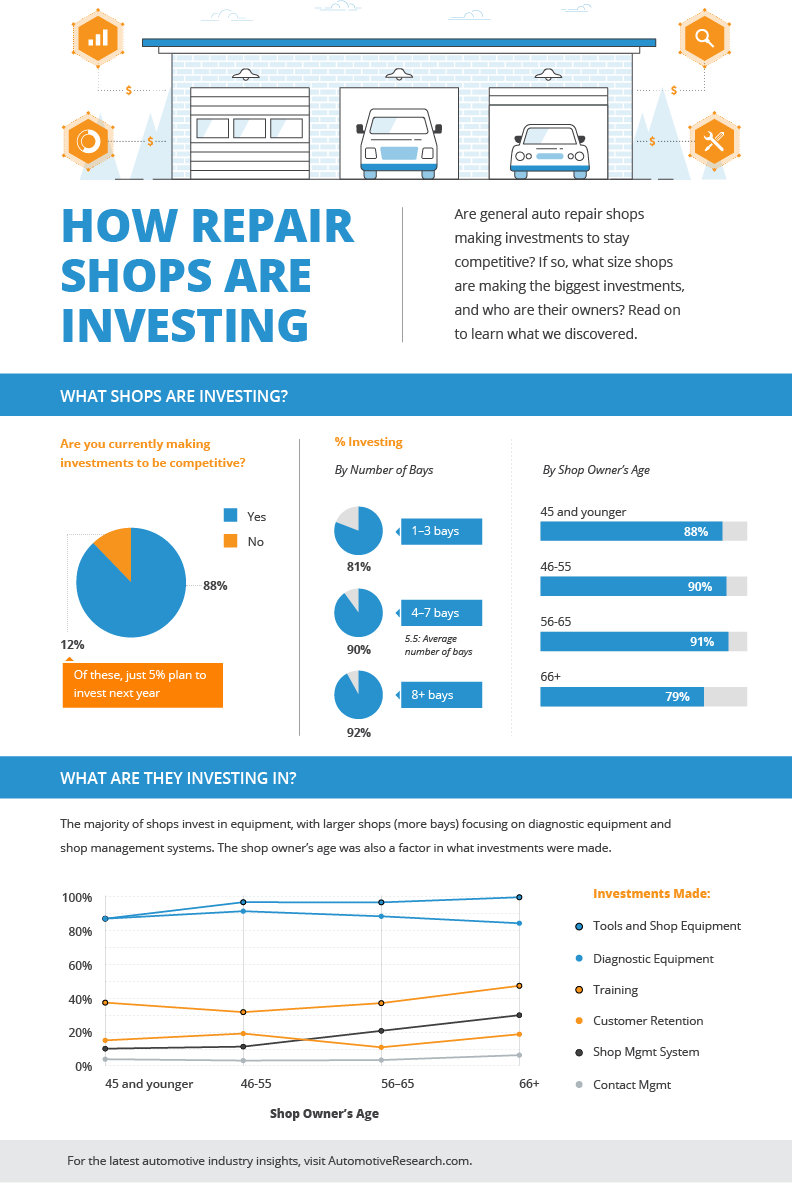Recognizing Brake Systems: Typical Problems And Exactly How To Repair Them
Recognizing Brake Systems: Typical Problems And Exactly How To Repair Them
Blog Article
Short Article Produced By-Sharma Murray
When it pertains to your vehicle's brake system, understanding common concerns can save you from possible safety and security dangers. From identifying brake pad wear to dealing with brake fluid leaks, recognizing just how to tackle these problems is essential. Yet what regarding those spongy brake pedals? There's a repair for that as well. Keep tuned for more information concerning these issues and the useful options that can keep you securely when driving.
Brake Pad Put On and Replacement
When it pertains to maintaining your lorry's brake system, one essential facet to keep an eye on is the wear and substitute of brake pads. Brake pads are necessary components that press versus the brake rotors to decrease or stop your vehicle. Over time, these pads wear down as a result of friction, requiring regular assessment and replacement to ensure your brakes work effectively.
To establish if your brake pads need substitute, pay attention for shrieking or grinding noises when you apply the brakes. Additionally, if your lorry takes longer to stop or you notice vibrations or pulsations when braking, it may be time to change the brake pads.
Overlooking worn brake pads can lead to reduced braking performance, damage to various other brake elements, or even brake failure.
Replacing brake pads is a reasonably uncomplicated procedure for several vehicles. Nevertheless, if you're not sure or awkward performing this task, it's finest to seek advice from a specialist technician to guarantee proper installment and optimum brake performance.
On a regular basis inspecting and changing brake pads is vital for your safety and the durability of your vehicle's braking system.
Brake Fluid Leaks and Maintenance
To ensure your automobile's brake system operates efficiently, it is essential to likewise take note of brake fluid leakages and upkeep. https://www.theautochannel.com/news/2021/03/24/978637-5-long-lasting-auto-glass-maintenance-tips.html is important for transmitting the force from your foot on the brake pedal to the actual braking mechanism. One usual issue with brake liquid is leakages, which can happen as a result of worn-out brake lines, seals, or connections. If https://car-brakes-near-me17394.blogsmine.com/31670627/protect-on-your-own-during-winter-journeys-by-executing-crucial-methods-to-winterize-your-automobile discover a puddle or trickles under your cars and truck, it's important to resolve the leak quickly to avoid a possible brake failing.
Consistently inspecting your brake fluid level is key to keeping your brake system. Low brake liquid can bring about air entering the brake lines, which compromises stopping performance.
Additionally, old or infected brake fluid can influence the overall performance of your brakes. It's advised to follow the maker's guidelines on when to transform the brake liquid, generally every 2 years.
Spongy Brake Pedal: Blood Loss Brakes
If you have actually ever before experienced a spongy brake pedal while driving, you comprehend the value of keeping a company and receptive braking system. One typical cause of a spongy brake pedal is air caught in the brake lines. When air enters the brake system, it can bring about a loss of hydraulic pressure, causing that upsetting mushy sensation when you push the brake pedal.
To resolve this issue, hemorrhaging the brakes is necessary. Hemorrhaging the brakes entails getting rid of the air from the brake lines to bring back proper hydraulic stress.
To bleed the brakes, you'll require a helper to help you. Begin by situating the brake bleeder shutoff on each wheel, generally located near the brake caliper. With a wrench, loosen the valve and have your assistant press the brake pedal while you observe any type of air bubbles appearing. Repeat this process for each and every wheel, starting from the wheel farthest from the master cylinder and relocating more detailed.
When you no longer see air bubbles and only clear fluid arises, tighten the shutoff and top up the brake liquid reservoir as needed. Bleeding the brakes assists make certain a firm brake pedal and enhances total stopping performance.
Final thought
Now that you recognize common brake issues and how to fix them, you can ensure your vehicle's security and performance. Remember to pay attention for indication like shrilling sounds or spongy brake pedals, and address them promptly. Regular maintenance and timely substitutes are key to maintaining your brakes in leading condition. Stay positive and mindful to your brake system to appreciate secure and trustworthy driving experiences.
